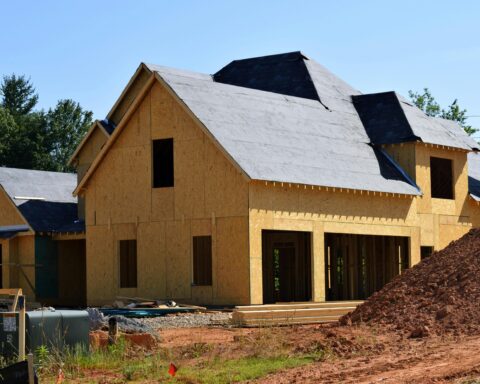Five states and the District of Columbia will receive $45 million in grants from the U.S. Department of Energy (DOE) to establish revolving loan funds for energy-efficiency projects for homes and commercial buildings.
The funds will come through DOE’s Energy Efficiency Revolving Loan Fund Capitalization Grant (RLF) Program, which provides capital for efficiency projects and encourages financial institutions to help families and small businesses reduce energy costs. Supported by the Bipartisan Infrastructure Law (BIL), RLF lets states and territories offer loans and grants for audits, upgrades and retrofits that boost energy efficiency.
“One of the biggest hurdles many states face in bringing clean energy to homeowners and small businesses is access to capital funds,” Energy Secretary Jennifer M. Granholm said. “The Revolving Loan Fund Program expands access to low-cost financing for energy efficiency improvements, allowing states to build an evergreen source of funds to offer their residents and businesses for clean energy projects.”
A 2022 report from Lawrence Berkeley National Lab in partnership with the State and Local Energy Efficiency Action Network and DOE, Long-Term Performance of Energy Efficiency Loan Portfolios, showed well-below-average risk from such loans, with the intent to “inform potential capital providers, lenders and program administrators and help them assess the likely outcomes and risks associated with energy efficiency lending.”
“Energy efficiency is the lowest cost clean energy resource we have,” Granholm said when the report was released. “The findings in this study are a compelling invitation to financial institutions to invest with homeowners, states, and local governments to maximize clean energy deployment.”
One of the results of that study is the RLF program, and this inaugural round of awards is merely a portion of the $242 million authorized. The BIL allocates 40% of the funds to all states, territories and the District of Columbia, with 60% of the funds reserved for priority states. DOE expects to announce additional awards later this year.
The 2022 study found that every dollar the federal government invests in a revolving loan fund can attract more $20 in private capital, suggesting such a fund can stimulate local economies to an outsized degree while combating climate change by maximizing resource use.
This round of funding will establish revolving loan funds with the following goals:
- District of Columbia: Support owners and developers of affordable housing in achieving higher standards of energy efficiency and sustainability.
- Illinois: Maximize energy savings for commercial building owners, benefiting local and disadvantaged communities, and advancing climate and energy goals.
- Indiana: Provide financing in the residential and commercial sectors through co-lending with private lenders.
- Pennsylvania: Support energy efficiency upgrades and on-site energy generation projects that reduce pollution and energy costs for localities, especially disadvantaged communities. Pennsylvania will deploy RLF funds alongside Energy Efficiency and Conservation Block Grant (EECBG) funds.
- Tennessee: Create efficient, clean, affordable and resilient local government buildings, alongside grant opportunities for small businesses and homeowners. Tennessee will deploy RLF funds alongside EECBG funds.
- Vermont: Support energy resilience and conservation retrofits to existing municipal infrastructure. Vermont will deploy revolving loan funds alongside EECBG funds.












